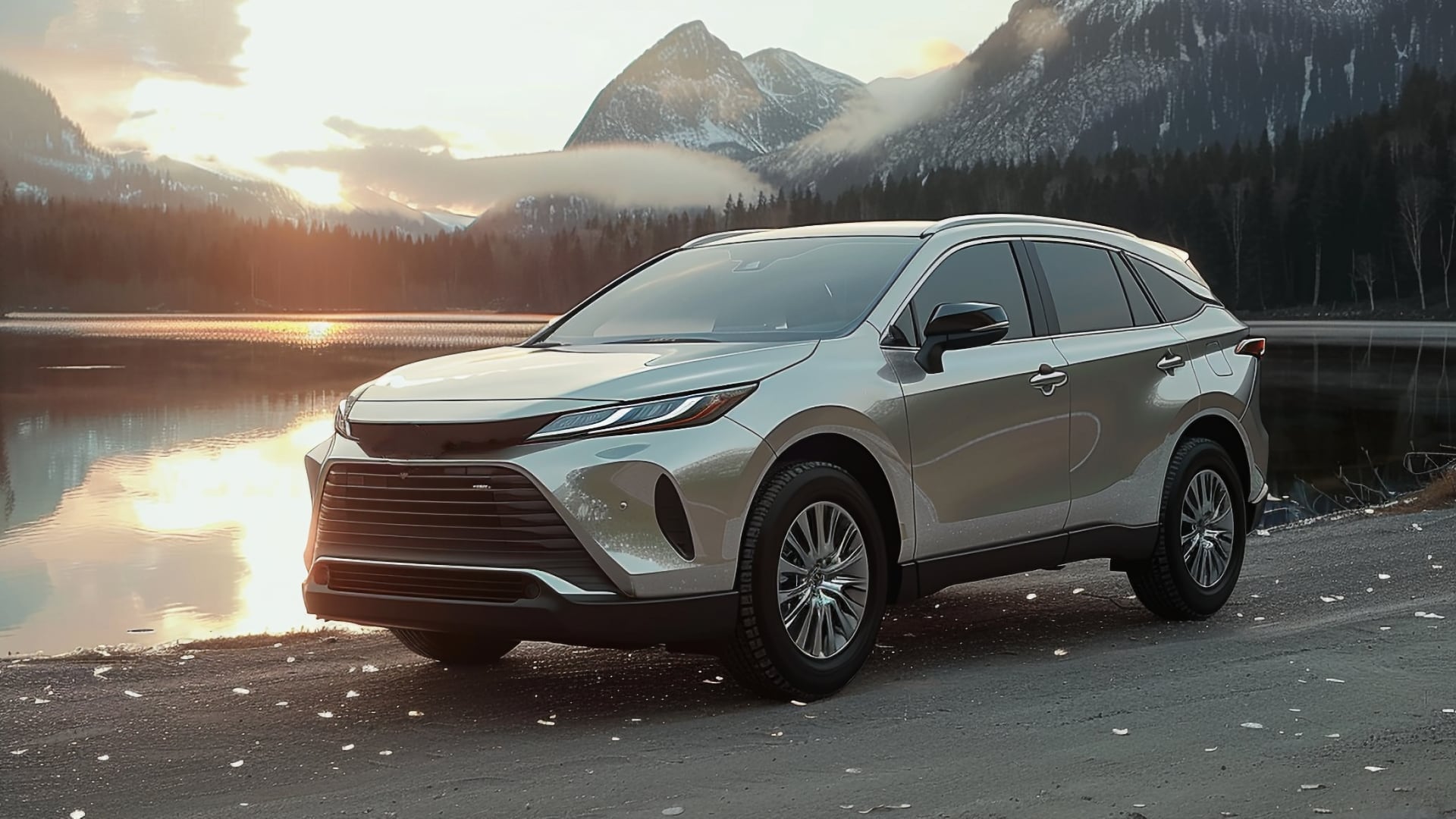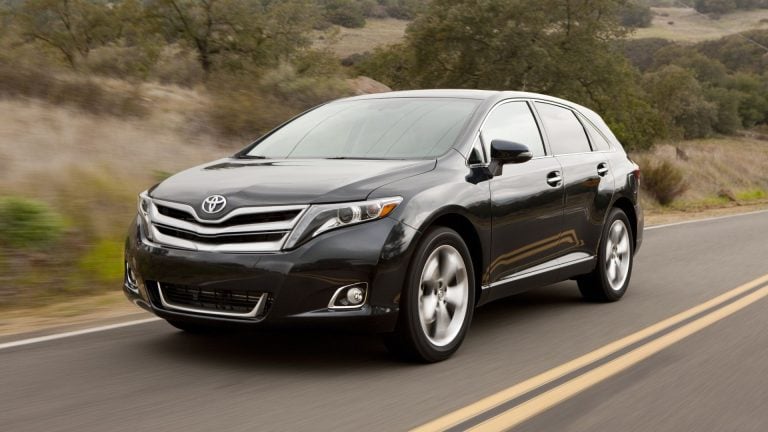Best and worst Toyota Venza years — which to avoid
Find out the best ways of differentiating between the best and worst Toyota Venza years as our team explains the common problems and reliability reports in this guide.

The Toyota Venza is uniquely sold on the US market and it’s marketed as a reliable and spacious family crossover, but how much of it is true? We’ve seen drivers riddled by the reliability of this car, and to tell you the truth – there are some Toyota Venza years to avoid due to their repetitive issues and malfunctions.
There’s no need to panic, though, as our team will lead you through the best and worst Toyota Venza years according to NHTSA complaints, reliability ratings, and driver reviews and feedback.
Subtitle: Find out the best ways of differentiating between the best and worst Toyota Venza years as our team explains the common problems and reliability reports in this guide.
Why you can trust REREV’s advice on which car model years to avoid: Our car experts look at official data, ask real drivers what they think, and talk to experienced mechanics to make sure our list is useful. This reliable info can make buying a car easier for you. Want to know how we do it? Find out more about our research methodology.
How we rated the best and worst Toyota Venza years
Rating the best and worst Toyota Venza years wasn’t easy since a lot of it depends on personal experiences that drivers had with the car. However, we wanted to give you an unbiased take on the model’s reliability based on verified information and ratings, so NHTSA complaints and recall details seemed like an obvious first stop.
We wanted to make sure to give you factual information, so we cross-referenced these details and our findings with first-hand impressions and comments left by Venza owners on Edmunds, Kelley Blue Book, and Consumer Reports. So, now that you know our ranking methods, here’s an overview of the best and worst Venza years:
| Toyota Venza Generation | Best Toyota Venza Years | Worst Toyota Venza Years |
|---|---|---|
| 1st generation | 2014, 2015 | 2009, 2010, 2011, 2013 |
| 2nd generation | 2020, 2021, 2022 | N/A |
Most common Toyota Venza problems
Toyota Venza didn’t have many reliability issues over the years, but it seems like the early years were less reliable than the later ones. Some of the major problems with this model include issues that seem irrelevant like equipment problems and some more serious issues like the driveshaft problem.
Toyota also received a lot of model-specific complaints regarding the airbag system and it all eventually ended through recalls in 2013 and 2021. Besides all these problems, there’s also the malfunction of the electronic stability control system which can prove to be bad for driving safety.
1. Car equipment problems
Toyota Venza owners have experienced some harsh problems with the equipment and some of these even triggered official recalls. Some of the equipment issues include faulty paired tires and rim sizes from the factory as well as problems with the seats. We’ve also seen a fair share of complaints on defective windshields and faulty doors.
The seat issues in particular caused two recalls due to faulty seat heaters. However, the problem wasn’t caused by the heaters themselves, but rather by the fire risk that the copper wires presented.
2. Driveshaft problems
While the fire risk situation isn’t something that should be overlooked, the driveshaft issue is a more serious threat to driving safety. The driveshaft failure was mostly present for the 2011 model year Venza and it concerns a driveshaft that’s prone to cracking. If that happens, drivers would be at risk of crashing caused of the lack of power distribution to the wheels.
So, Toyota decided to issue an official recall in 2011 to fix the problem for the Toyota Venza released in the same year.
3. Airbag system faults
Another crucial issue was caused by the SRS light showing up on the dashboard to indicate faulty airbag sensors. Precisely, seat occupancy sensors for the passenger’s seat in the Venza weren’t working properly so it posed a risk of the airbag not deploying when it should.
Since this posed a safety issue and a serious problem, it’s better to avoid the 2009 to 2012 Venza or at least go for a recalled model with the airbag problem solved. On top of that, there was a problem that Toyota was dealing with at that time concerning the increased pressure within airbag modules.
4. Electronic stability control system
After a few problems that were mostly concerning the first-gen Venza, here’s a major issue with the second-generation. The faulty electronic stability control system or the equivalent of the faulty StabiliTrak system for GM vehicles is a major problem if not sorted out.
It’s the electronic driving assist system that activates in case of lost tire traction to help the driver stay in the lane and on the road. If you are going for a second-gen Venza, make sure to check whether it was recalled in 2022 to sort out the ESC fault.
Worst Toyota Venza years to avoid

After a while of going through the most common issues of the model, it’s time to go over the model years you’ll wish to avoid when considering the used Venza. The most problematic model years are first-generation Venza models since there was a hiatus before the second generation was continued in 2021.
Except for the electronic stability control system faults, the second generation model came significantly improved, so what are the worst Toyota Venza years? The worst Toyota Venza years are the 2009 and 2010 models, but here’s a full list:
- 2009
- 2010
- 2011
- 2013
We also simply had to take a look at all these models to gain a thorough understanding of what could go wrong with your purchase, so here’s a brief overview:
First-generation Toyota Venza (2009-2011 and 2013 model years)
The 2009 model was the initial Toyota Venza model and it was also the worst by far. This model year was criticized by owners and has the most driver complaints regarding all sorts of issues. Most remarkably, you can see the consistent airbag deployment problem that was usual for the 2009 model year.
However, there are a lot of other issues that are also associated with the 2009 model including a lot of equipment malfunctions. The problem with seat heaters was most prominent for this model year along with the faulty A/C commands and short circuits that caused all sorts of electric system faults.
Model years up to 2011 weren’t much better, but they still received a lot fewer critics than this one. The 2011′ Venza also faced a lot of driver complaints about the faulty airbags and SRS light coming up on the dash, as well as the driveshaft failure.
The 2013 model year is also widely criticized, so it’s best to avoid 2009, 2010, 2011, and 2013 Venza if you don’t wish to deal with costly repairs.
What are the best Toyota Venza years to buy?
When it comes to the early Toyota Venza years of the first generation, things were not looking so great. However, things got a bit better with model years that followed, so the Venza isn’t as unreliable as it may appear. To help you avoid the problematic models and settle with a decent Venza model, we’ve made the list of the best model years so far:
- 2012
- 2014
- 2015
- 2021
Common problems of the first generation got solved with the 2014 and 2015 models and there were no more issues with airbags or the faulty driveshaft. Also, things got much better in terms of the equipment and everything seemed to work properly for these.
When it comes to the most reliable model year, it’s without a doubt the 2014′ Toyota Venza, while the 2021 model of the second generation also seems quite solid.
2014 Toyota Venza
With just shy of 50 complaints on NHTSA, the 2014 Venza made history as one of the best Toyota models ever made. It’s a big statement but records and reliability ratings confirm it – the 2014 Venza is as reliable as prime Land Cruiser.
It didn’t have any standout issues and the engine options were pretty durable, as well as transmission and interior equipment. As for the reviews and ratings, previous and current owners often praise the model for being a great option as a family car with lots of space, decent MPG, and solid engine performance, so this one is a no-brainer if you are looking for a used Venza.
Is the Toyota Venza worth buying?
When it comes to the final verdict – yes, Toyota Venza is worth buying as an affordable and pretty reliable SUV in the compact class. Still, you should especially pay attention to the problematic models when it comes to this car, and it’s crucial to avoid the 2009-2011 model years.
While the 2013 model also has a few issues, it’s still more reliable and all the other model years are pretty solid. In addition, you can use this guide to pick the best models and cut the worries about urgent repairs and having to spend more than you planned on a used Venza.
Considering new SUV? Check out our take on Nissan Murano years to avoid, Mitsubishi Outlander years to avoid, or Ford Explorer Sport Trac years to avoid. Our articles are designed to help you identify which model years might be best to avoid, ensuring you make a decision that leads to years of satisfying use.
Which year is the best for Toyota Venza?
The best year for Toyota Venza is 2014 and it received the least driver complaints.
What is the common problem with Toyota Venza?
The common problem with Toyota Venza is faulty equipment, while the airbag issue and problematic driveshaft also pose worries for potential buyers.
How reliable is the Toyota Venza?
Toyota Venza is pretty reliable as long as you avoid the 2009-2011 model years.